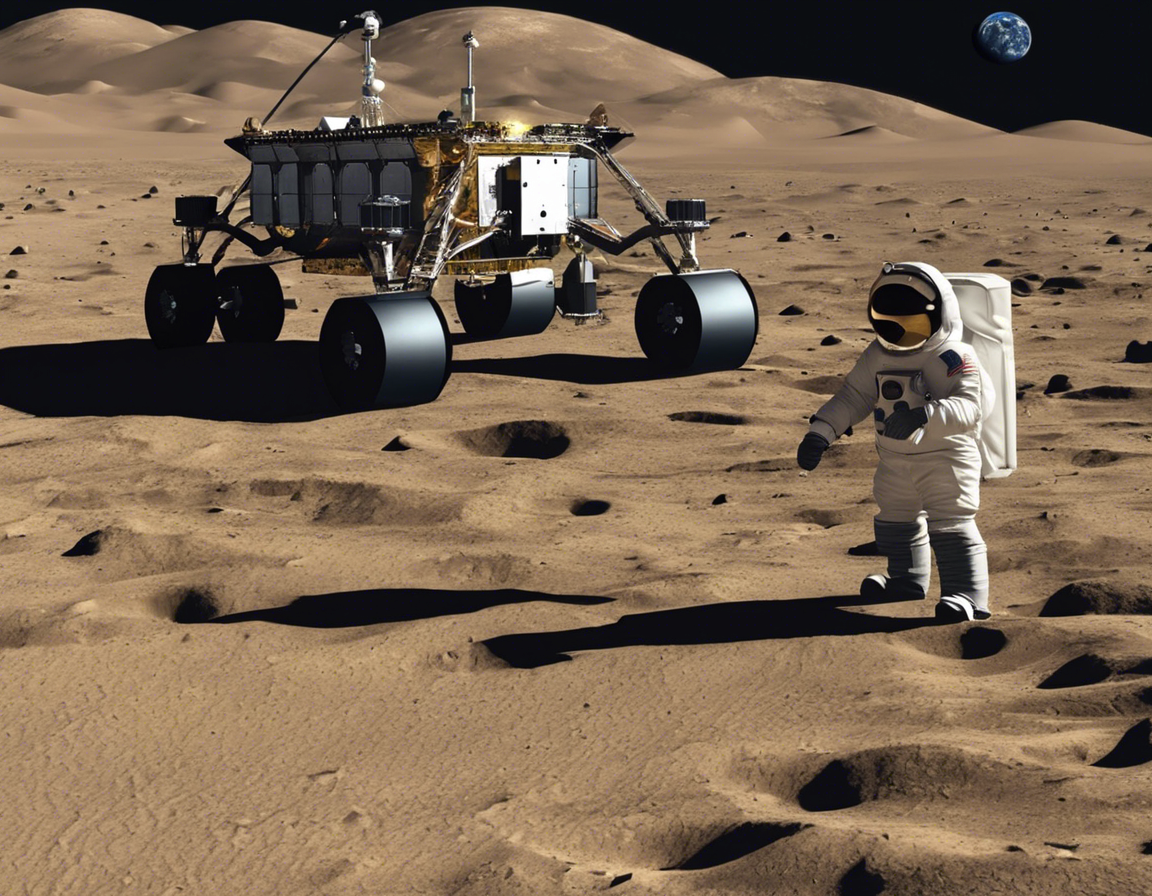India’s Chandrayaan missions are testament to the country’s ambitious advancements in space exploration. Chandrayaan 3, the upcoming lunar exploration mission, promises to build upon the successes of its predecessors. One crucial aspect of any space mission is the financial aspect. In this article, we delve into the cost breakdown of Chandrayaan 3, exploring where the funds are allocated and what this means for India’s space endeavors.
Background
Chandrayaan 3 is India’s third lunar mission, following the successes of Chandrayaan 1 and Chandrayaan 2. The primary objective of this mission is to further our understanding of the lunar surface and potentially pave the way for future endeavors such as manned missions. Chandrayaan 3 is a significant step for the Indian Space Research Organization (ISRO) and the country’s space exploration ambitions.
Total Cost Breakdown
The total cost of Chandrayaan 3 is estimated to be around $35 million. This cost is divided into various components that are essential for the successful execution of the mission. Let’s break down where these funds are allocated:
Launch Vehicle
A significant portion of the budget for Chandrayaan 3 is allocated towards the launch vehicle. The mission is expected to be launched using India’s Geosynchronous Satellite Launch Vehicle (GSLV) Mk III, which has proven to be a reliable and efficient launch vehicle for previous missions.
Payload Development
Another crucial aspect of the cost breakdown is the development of the payload. Chandrayaan 3 will be equipped with advanced scientific instruments and technology to study the lunar surface in detail. This includes instruments for imaging, mineralogy, and other scientific studies.
Mission Operations
Mission operations encompass a wide range of activities, including tracking, communication, and ground support. These operations are essential for the smooth functioning of the mission and ensuring that data is successfully transmitted back to Earth.
Integration and Testing
Before the launch of Chandrayaan 3, extensive integration and testing will be conducted to ensure that all systems function correctly. This phase is vital for identifying and addressing any issues before the mission is launched.
Contingency Fund
In addition to the core budget, a contingency fund is usually set aside to account for any unforeseen circumstances or additional expenses that may arise during the mission. This fund helps ensure that the mission can adapt to unexpected challenges.
Public Outreach and Education
Part of the budget for Chandrayaan 3 is also dedicated to public outreach and education initiatives. These efforts are aimed at engaging the public and inspiring the next generation of scientists and space enthusiasts.
Conclusion
The Chandrayaan 3 mission represents a significant milestone for India’s space exploration program. By understanding the cost breakdown of the mission, we gain insights into the resources and efforts required to make such endeavors successful. With meticulous planning and execution, Chandrayaan 3 is poised to further advance our knowledge of the lunar surface and showcase India’s capabilities in space exploration.
Frequently Asked Questions (FAQs)
-
How does the cost of Chandrayaan 3 compare to previous missions?
The estimated cost of Chandrayaan 3 is lower than that of Chandrayaan 2, which was around $150 million. -
Is Chandrayaan 3 a collaborative mission with other countries?
Chandrayaan 3 is an independent mission led by the Indian Space Research Organization (ISRO) without international collaboration. -
What is the expected timeline for the launch of Chandrayaan 3?
Chandrayaan 3 is expected to be launched in 2022, though the exact date is yet to be confirmed. -
How long will Chandrayaan 3 remain operational on the lunar surface?
The mission duration for Chandrayaan 3 is expected to be around one year, though this could be extended depending on its performance. -
Will Chandrayaan 3 carry out any manned missions or experiments?
Chandrayaan 3 is a robotic mission and will not include any manned missions or experiments.
Exploring the financial aspects of Chandrayaan 3 provides a deeper understanding of the resources required for such a complex and groundbreaking mission. As India continues to push the boundaries of space exploration, missions like Chandrayaan 3 serve as both scientific endeavors and testaments to human innovation and curiosity.
